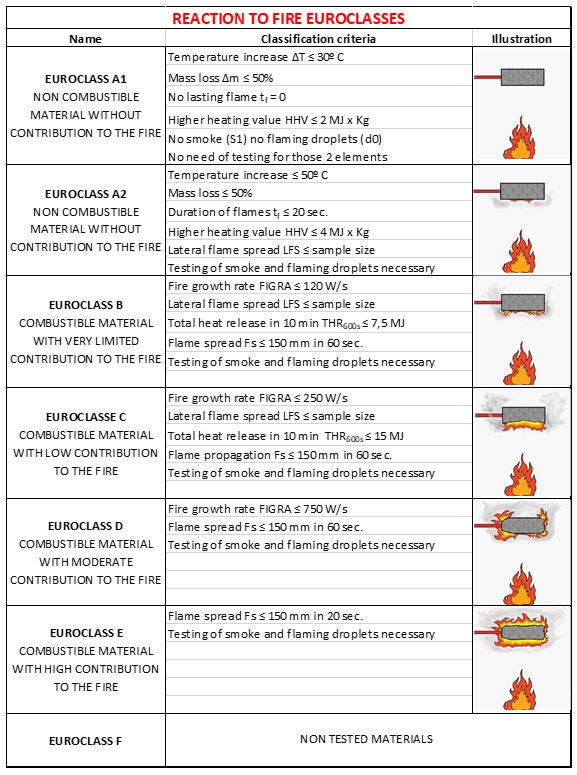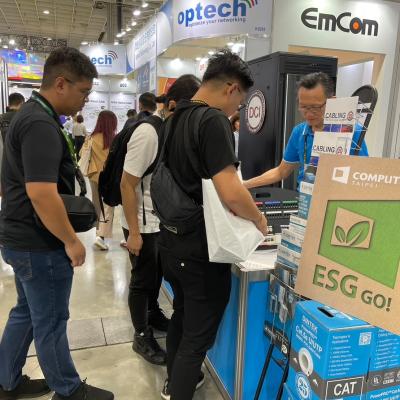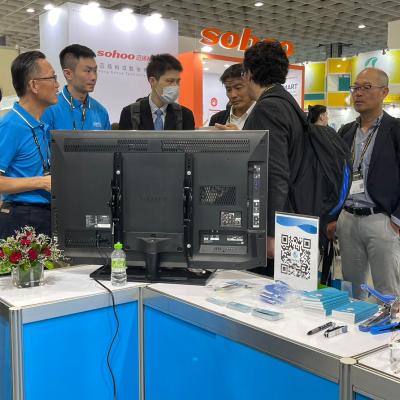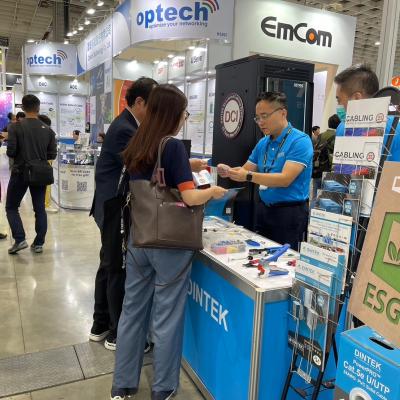What is CPR?

In this article, we'll take a look at how the CPR regulation affects the specification of cables installed in new construction and refurbishment products.
The introduction of CPR, and specifically a series of classification criteria known as ''Euroclasses' creates a common set of performance characteristics, test, and documentation processes. It also creates a timeline for compliance for all those in the supply chain, from specifiers, through manufacturing and distribution to installation organizations. The objective of CPR is to improve building safety, which is achieved through the set of reaction to fire specifications which enables local regulators and clients to select the performance requirement at national or project level from the Euroclasses which are defined in EN 50575:2014.
Any cable which is deemed to be permanent once installed is within the scope of CPR, covering power, data, and communications cables. In the case of data and communications cables, copper, fiber, coax, and multiconductor cables are covered, with the exception of patch leads.
Declaration of performance
Euroclasses
Propogation & heat emission
- Aca - They do not contribute to the fire
- B1ca / B2ca - Minimum contribution to the fire
- Cca / Dca / Eca - Combustible, they contribute to the fire. Range from low (Cca) to higher (Eca)
- Fca - Undetermined contribution properties
Smoke emission
- S1 - Little smoke production and slow smoke propagation
- S1a - Transmittance > 80%
- S1b - Transmittance > 60% and < 80%
- S2 - Average smoke production and propogation
- S3 - None of the above
Burning droplets
- d0 - No burning droplets
- d1 - No burning droplets for more than 10 seconds
- d2 - None of the above
Acid gas emission
- a1 - Conductivity <2.5 µS/mm and pH > 4.3
- a2 - Conductivity <10 µS/mm and pH > 4.3
- a3 - None of the above

STAY COMPLIANT!
So what can you do to stay compliant? Cables manufactured after July 2017 intended for permanent installation within a domestic, residential or commercial building, or any other civil structure should have a Declaration of Performance (DoP) available, as mentioned above. This document shows critical information such as manufacturer's name, product type and class met.
By law, manufacturers or anyone importing cables from outside the EU need to keep records of CPR compliant cables sold and be able to provide DoP documentation for up to 10 years after it was first sold.
The cable itself does not have to be printed or embossed to show CPR compliance, however the regulation is very clear that the packaging (usually a drum, spool or box) must carry specific information, almost always on a label. This will include the CE mark, DoP reference and unique product type.
For more information on our CPR compliant products, please email







